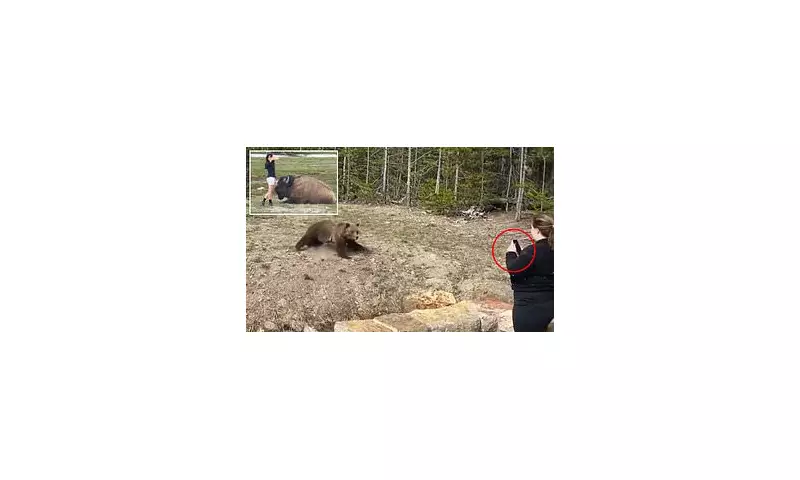
In an extraordinary wildlife conservation victory, the majestic grizzly bears of Yellowstone National Park have staged a remarkable comeback, with population numbers now reaching approximately 1,000 across the tri-state region of Wyoming, Montana and Idaho.
A Conservation Triumph Decades in the Making
The stunning recovery represents one of America's most successful wildlife preservation stories, demonstrating what can be achieved through dedicated conservation efforts and protective legislation. From the brink of endangerment, these iconic predators have reclaimed their territory across the Greater Yellowstone Ecosystem.
From Endangered to Thriving
Just decades ago, the future looked bleak for Yellowstone's grizzly population. Today, wildlife experts confirm the bears are not just surviving but truly thriving throughout their natural habitat. The population growth has been so significant that discussions about potential delisting from endangered species protections have gained momentum among conservation authorities.
Regional Distribution and Habitat
The bears now roam freely across substantial portions of:
- Wyoming - including the national park and surrounding wilderness areas
- Montana - particularly the northern ranges and forested regions
- Idaho - with increasing sightings in eastern territories
Balancing Conservation and Coexistence
While the population surge represents a conservation success, it also presents new challenges for wildlife management and human-bear coexistence. Park authorities and state wildlife agencies are implementing sophisticated management strategies to ensure both bear safety and public protection.
"This recovery story serves as a powerful reminder of nature's resilience when given proper protection and space," noted one wildlife expert familiar with the population study.
Future Outlook and Monitoring
Conservationists continue to monitor the grizzly population closely, tracking migration patterns, genetic diversity, and habitat usage. The ongoing success of Yellowstone's bears provides valuable insights for other large carnivore conservation projects worldwide.
As visitor numbers to Yellowstone continue to grow, park officials emphasize the importance of responsible wildlife viewing and adherence to bear safety protocols to maintain this hard-won conservation achievement for generations to come.





